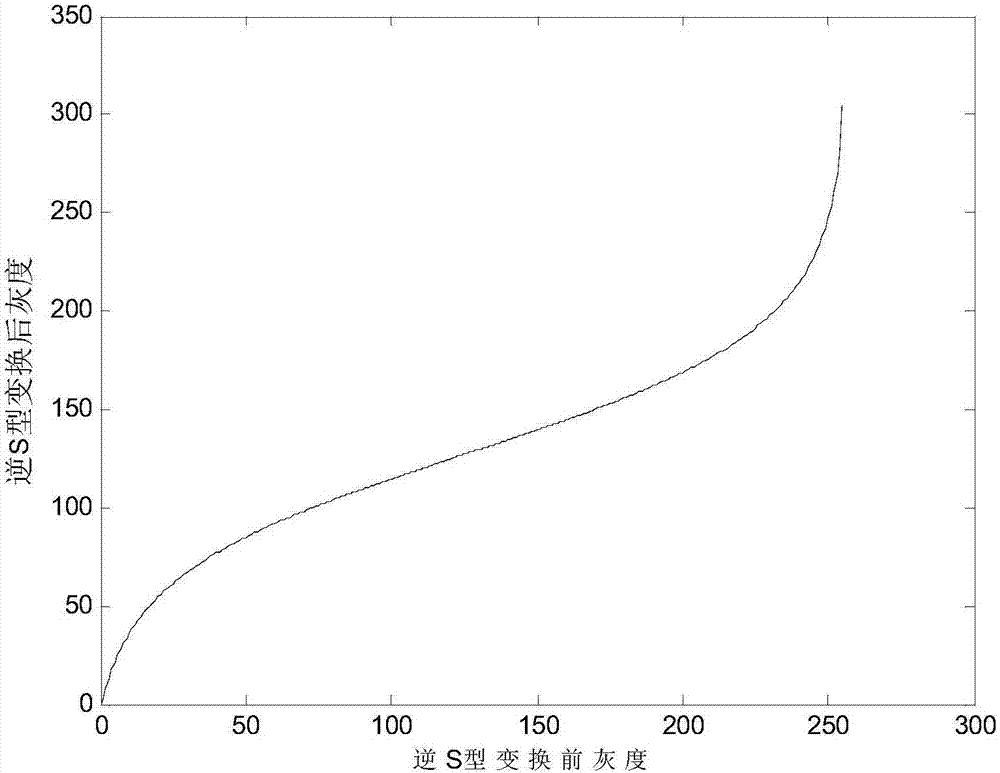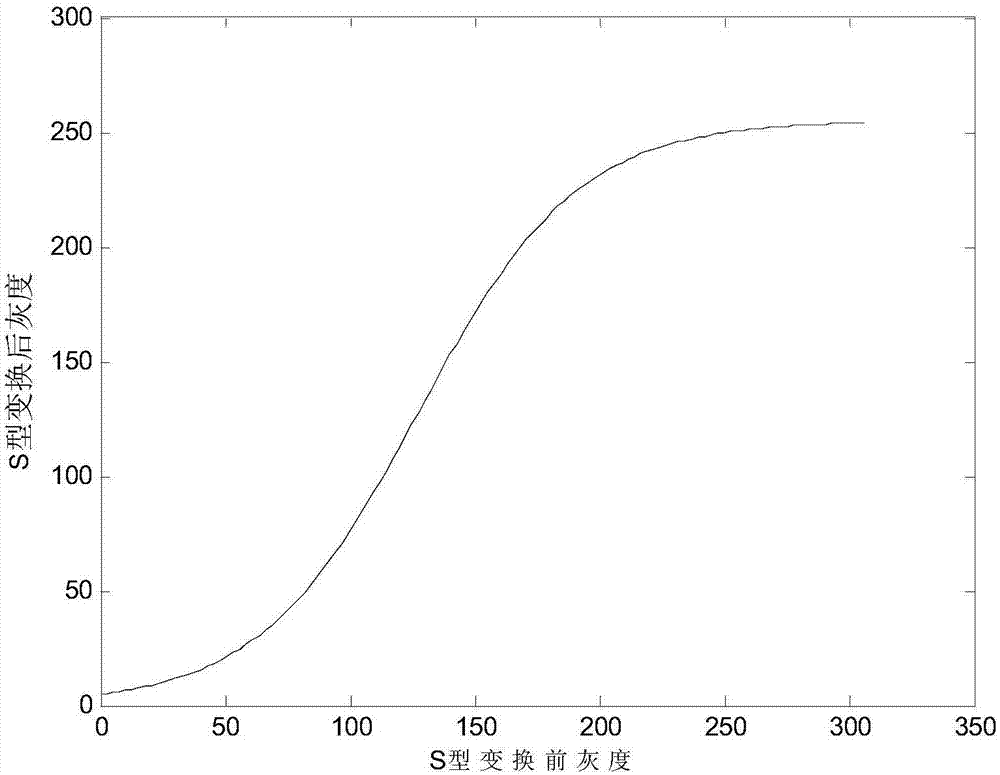Self-adaptive low-light level image intensification method for reducing color cast
An image enhancement and low-light technology, applied in image enhancement, image analysis, image data processing, etc., can solve problems such as over-suppression or over-enhancement of bright areas, failure of image enhancement, and aggravation of image color cast.
- Summary
- Abstract
- Description
- Claims
- Application Information
AI Technical Summary
Problems solved by technology
Method used
Image
Examples
specific Embodiment approach 1
[0075] Specific implementation mode one: combine figure 1 To describe this embodiment,
[0076] An adaptive low-light image enhancement method for reducing color shift, comprising the following steps:
[0077] Step 1, input the low-illuminance image L, and convert it to the RGB color space, and obtain the RGB three-channel image of the low-illuminance image L;
[0078] Step 2, performing an inverse S-type transformation on the RGB three-channel image of the low-illuminance image L, weakening the color shift phenomenon of the low-illuminance image, and obtaining the inverse image I; figure 2 is the inverse S-shaped transformation curve adopted;
[0079] Step 3: Invert the inverse image I to obtain the inverse image H, calculate the minimum value of each pixel of the inverse image H in the three channels of RGB, obtain the initial dark channel image D, and process the initial dark channel image value filtering to obtain the median filtering image D median , using the median...
specific Embodiment approach 2
[0089] The formula of the inverse S-type transformation described in step 2 of the present embodiment is as follows:
[0090] I(i,j)=255*(a-ln(-1+260 / (L(i,j)+4))) / b
[0091] Among them, I(i,j) and L(i,j) are the pixel points in row i and column j of the inverse image I and low-illumination image L respectively; a and b are transformation parameters, and the value of a is 4. The value of the transformation parameter b is 8.
[0092] Other steps and parameters are the same as those in the first embodiment.
specific Embodiment approach 3
[0094] The specific process of step 3 of this embodiment includes the following steps:
[0095] Step 31, using the formula H(i,j)=255-I(i,j) to invert the inverse image I to obtain an inverse image H;
[0096] Wherein, I(i,j) is row i in reverse image I, pixel point j; L(i,j) is row i in reverse image H, pixel point j column;
[0097] Step 32, use the formula Obtain the initial dark channel image D;
[0098] Among them, D(i, j) is the i-th row and j-th column pixel in the initial dark channel image D; min represents the minimum value operation; c is R, G, B, corresponding to the three red, green and blue in the RGB color space color channel, h c (i, j) is the i-th row and the j-th column pixel point of a certain channel of the inverted image H in the RGB color space;
[0099] Step 33: Perform a median filter operation on the initial dark channel image to obtain a median filter image. The specific calculation formula is as follows:
[0100]
[0101] Among them, D medi...
PUM
 Login to View More
Login to View More Abstract
Description
Claims
Application Information
 Login to View More
Login to View More - R&D
- Intellectual Property
- Life Sciences
- Materials
- Tech Scout
- Unparalleled Data Quality
- Higher Quality Content
- 60% Fewer Hallucinations
Browse by: Latest US Patents, China's latest patents, Technical Efficacy Thesaurus, Application Domain, Technology Topic, Popular Technical Reports.
© 2025 PatSnap. All rights reserved.Legal|Privacy policy|Modern Slavery Act Transparency Statement|Sitemap|About US| Contact US: help@patsnap.com



